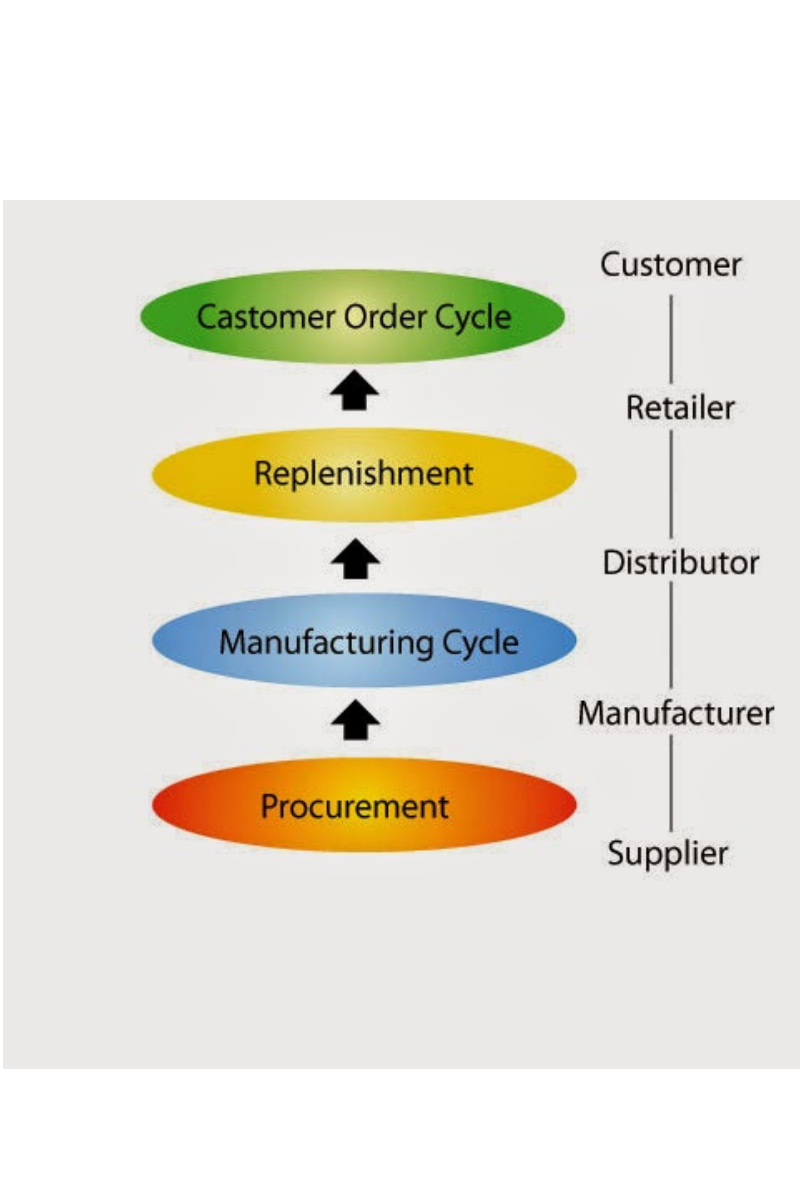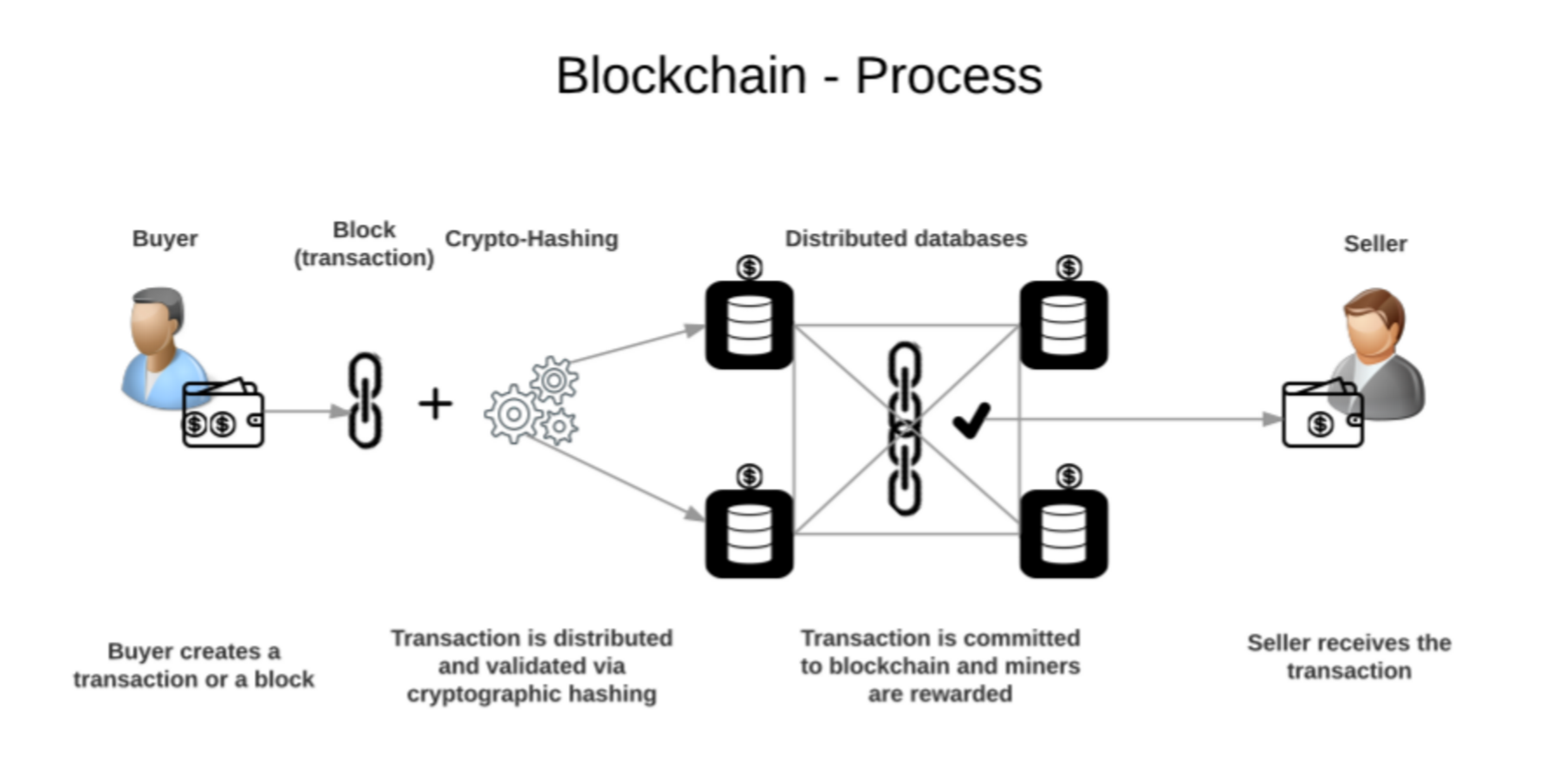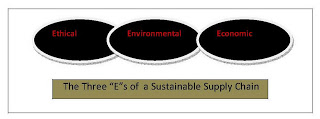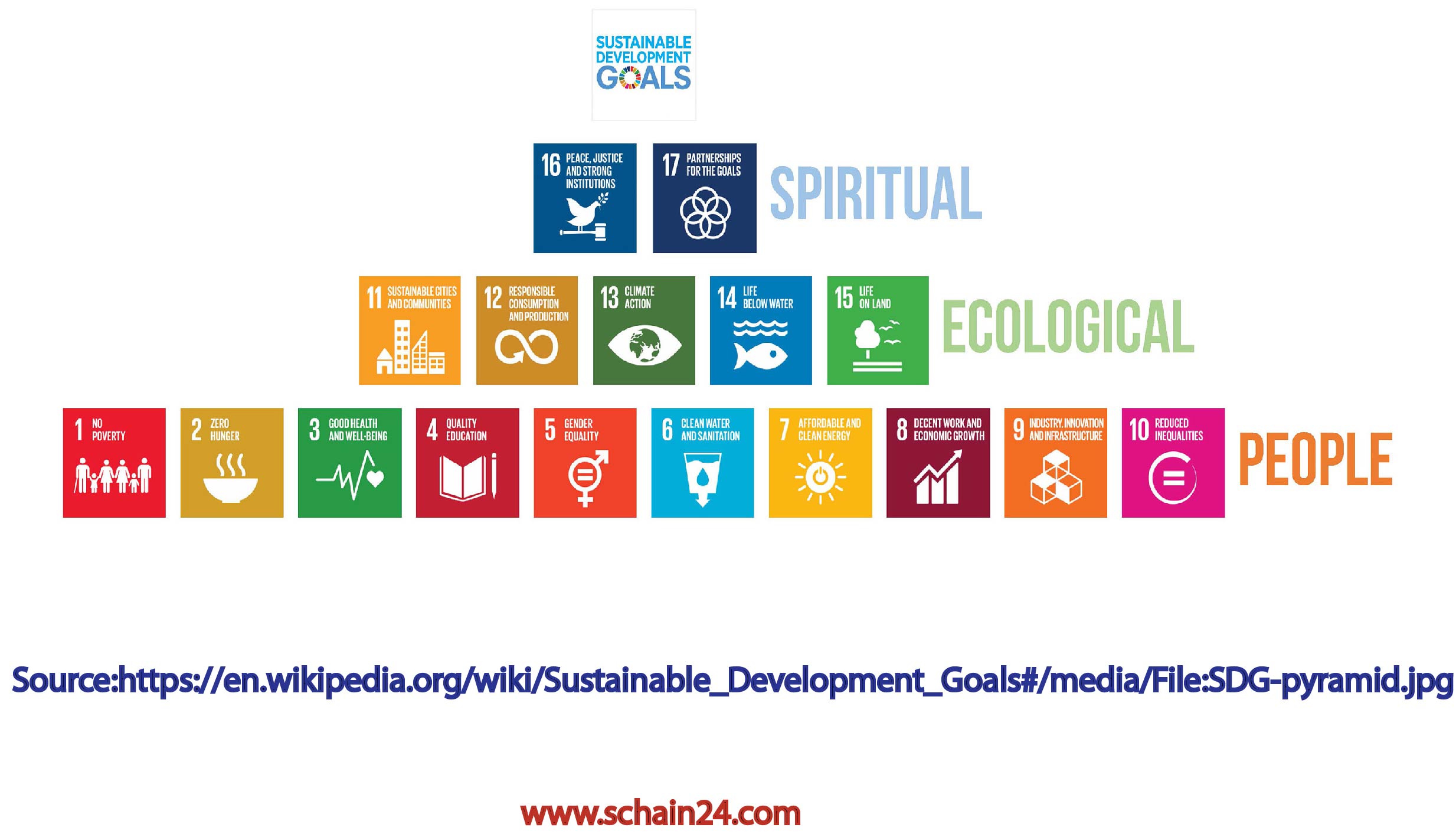
Abstract
Not only manufacturers and suppliers, but additionally conveyors, retailers, warehouses and customers themselves are incorporated in the supply chain. A typical Supply Chain includes a variety of stages including customers, retailers, distributors, manufacturers, and component suppliers. The cycle View of the Supply Chain is subsidiary to making operational decisions as the role of each member of the Supply Chain is defined. Its goal is to convert customer advent into customer order. There are some distribution channels that enhance the Supply Chain network to reach the product to the customer. A Supplier in a Supply Chain is an enterprise that contributes goods or accommodations in a Supply Chain Cycle. A supplier supplies goods and accommodations to another organization.
Keywords: Supply Chain, Successive stages, Cycle view.
Introduction
The processes in a Supply Chain are usually divided into a series of cycles, each performed in the interface between two interrelated successive stages of a Supply Chain. Sub-processes in each Supply Chain Process Cycle I.e., each cycle comprises six sub-processes, supplier stage markets a product, the buyer stage places an order, the supplier stage receives the order, the supplier stage supplies the order, the buyer stage receives the supply, the buyer returns reverse flows to a supplier or the third party.
Different stages and parties
Supply Chain comprises all parties. Who is involved directly or indirectly, while fulfilling customer demand? Not only manufacturers and suppliers, but also transporters, retailers, warehouses, and customers themselves are included in the supply chain. A typical Supply Chain includes a variety of stages including customers, retailers, distributors, manufacturers, and component suppliers. Each stage of a supply chain is connected through the flow of products, information, and funds. Depending on the transaction the sub-processes can be applied to the appropriate cycle, for example, customers buying online from Amazon: customer order cycle and Amazon ordering books from the distributor.
The processes
Cycle View of the Supply Chain is useful to make operational decisions as the role of each member of the Supply Chain is defined. Usually, members of Supply Chain Processes are Customers, Retailers, Distributors, Manufacturers and suppliers. In supply chain management (SCM), the management of the flow of goods and services involves the movement and storage of raw materials, work-in-process inventory, and finished goods from the point of inception to the point of consumption.
Customer
The customer arrives at the location of choice to make a buying decision. The Supply Chain’s goal is to convert customer arrivals into customer orders. Clients who habitually return to a seller develop customs that allow for regular, sustained commerce that allows the seller to develop statistical models to optimize production processes and supply chains that change the location or formalize the changes of ownership or entitlement transactions.
Retailer
The retailer is informed of what products they are buying. The goal is to ensure order entry is quickly and well communicated among all other processes. In supply chain management (SCM), the management of the flow of goods and services involves the social movement and storage of raw materials, work-in-process inventory, and finished goods from the point of inception to the point of consumption.
Distributor
There are some distribution channels that enhance the Supply Chain network as a whole to reach the product to the customer. In a supply chain, distribution is fundamentally concerned with ensuring that products reach target customers in the most direct and cost-efficient manner. In the case of services, distribution is principally concerned with access. Although distribution, as a concept, is relatively simple, in practice distribution management may involve a diverse range of activities and disciplines including detailed logistics, transportation, warehousing, storage, and inventory management.
Manufacturer
Manufacturing facilities make the product according to an order placed by the customer. In order to do this, they need to do necessary interaction with other members of the Supply Chain Cycle. It is mentioned that manufacturing processes are the steps through which raw materials are transformed into a final product. The manufacturing process begins with the creation of the materials from which the design is made. They then modify these materials through manufacturing processes to become the required parts.
Supplier
A Supplier in a Supply Chain is an enterprise that contributes goods or services in a Supply Chain Cycle. Usually, they manufacture a stock item, which is supplied to the next link of the Supply Chain, which contributes to enhancing the value of the Supply chain. A supplier supplies goods and services to another organization. This entity is part of the supply chain of a business, that may provide the bulk of the value contained within its products. A supplier is usually a manufacturer or a distributor.

Cycle view of the supply chain while using eCommerce technology
The concepts of SCM and EC appear to be complementary and have shared and overlapping features. For instance, the supplier-seller relationship in EC aligns with the sourcing and delivering activities in SCM. On the other hand, EC focuses on enabling more efficient information flow, while SCM works at facilitating the physical workflows
between fundamentals of the supply chain. It is on this basis that the partnership SCM model will increase the level of integration between various partners and thus pave the way for more effective use of various EC technologies.
Conclusion
A cycle view of a supply chain is very useful when considering operational decisions. Because the roles of each member of the supply chain are clearly outlined in the cycle view of the supply chain. Understanding a particular supply chain is very much necessary. Another view of the understanding supply chain is the push-pull view.
Further reading:
1. Bhuvaneswari.D.”An Overview of Supply Chain Management”.https://www.fibre2fashion.com/industry-article/5123/an-overview-of-supply-chain-management.
2. V. Daniel R. Guide,Terry P. Harrison,Luk N. Van Wassenhove.(2003).”The Challenge of Closed-Loop Supply Chains”. Interfaces. Vol.33, No.6.
3. Zairi, Mohammed.Al-Mashari, Majed. (2002).”eCommerce-enabled Supply Chain Management: A Proposed Model Based on Retailing Experience”.J. King Saud Univ., Vol. 14, Comp. & Info. Sci. pp. 61-84.
4. https://youtu.be/vkShNhGIRsQ






This is really nice and informative post you have shared on Sustainable Supply Chain. Thanks for sharing.
very nice informative and pro post i appreciate that
awesome your website is complete university
this blog contains a great contents awesome work from professionals
Very nice way to describing information through the diagrams and picture. I am very happy to read your post. thanks for such information.
Supply chain management services
Thank you very much.